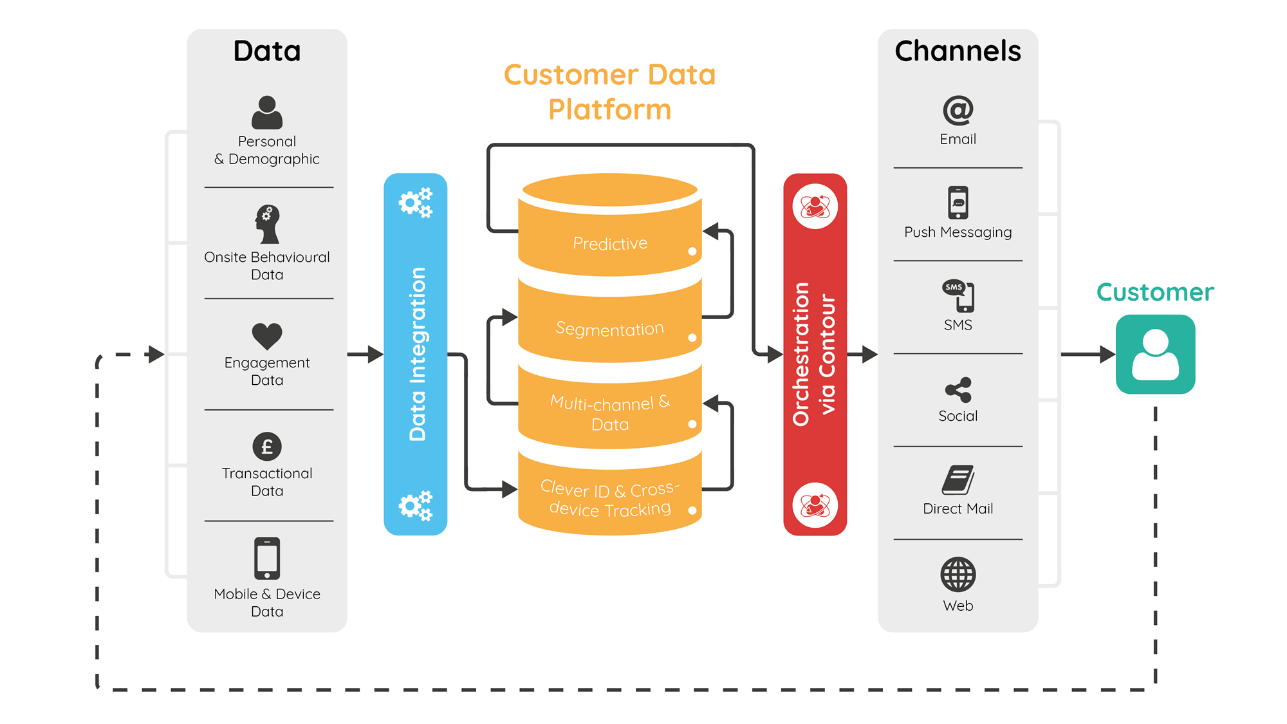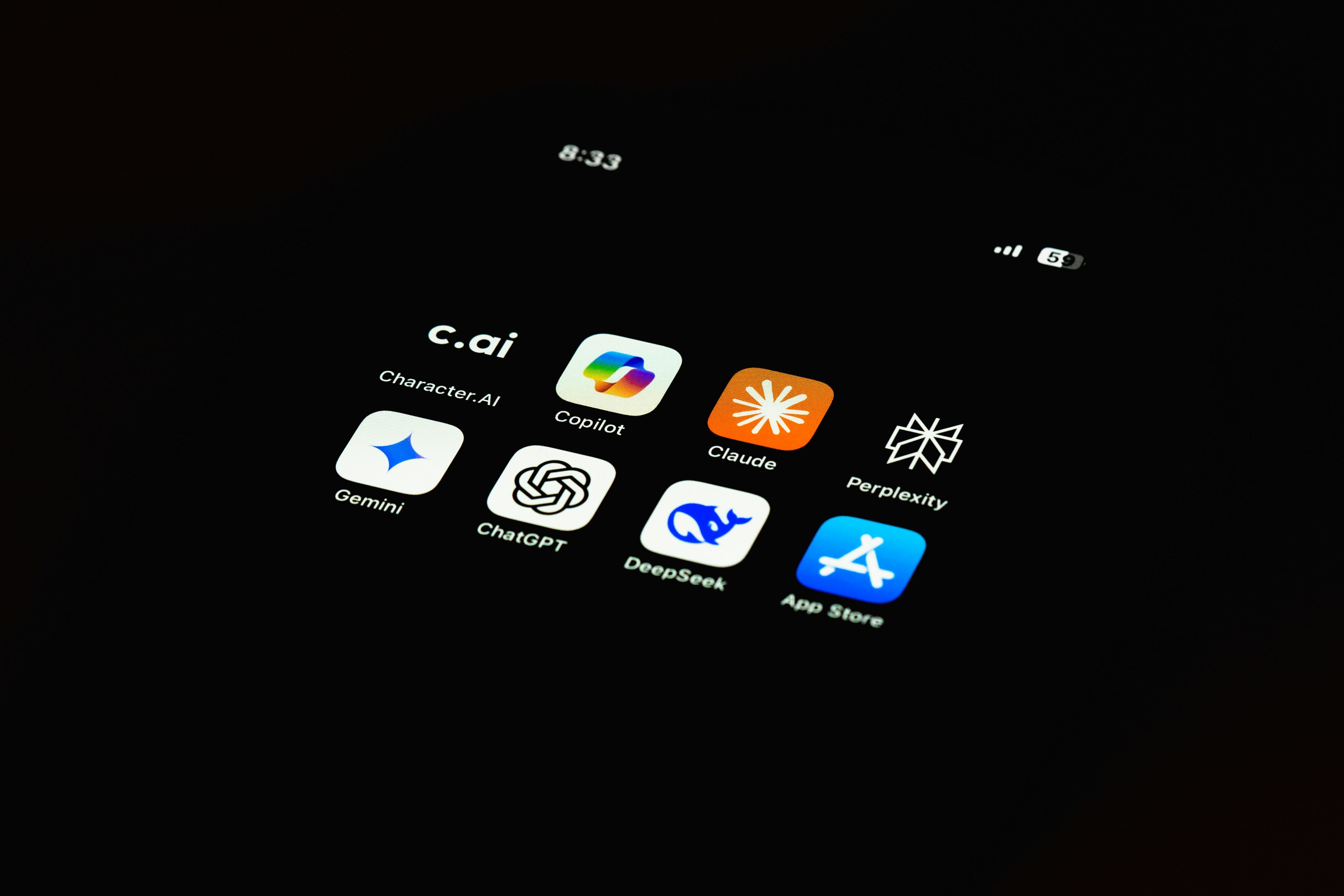What is a CDP? Customer Data Platforms Explained
There’s a lot of buzz about how Customer Data Platforms can super charge first-party data strategies. In this article we break down what a CDP is, how it can benefit marketing efforts, and who should consider implementing one.
Over the last couple of years, people have begun to express their growing discontent around how their data is being collected and used across the web.
At the beginning of 2020, Director at Chrome Engineering, Justin Schuh outlined Google’s intention to phase out third party cookies in their Chrome browser compelled by users “demanding greater privacy – including transparency, choice and control over how their data is used.” Also consider Apple’s latest iOS 14 update [2] and the string of the data changes that were brought in.
In the face of these changes, we recommended in a previous article to refocus attention on collecting first party data. This is data that your organisation owns. Most importantly, this is data your customer has opted in to share.
But with first party data spread across multiple touch points – and a complete shift from third party data daunting – it can be difficult to create a complete picture of your audience and their needs.
Enter Customer Data Platforms.
What are Customer Data Platforms?
The CDP Institute defines Customer Data Platforms as “software that creates a persistent, unified customer database that is accessible to other systems.”
According to the Institute, the concept of CDP’s are built on three core elements:
- It is a prebuilt system configured to meet the needs of each client;
- It creates a comprehensive view of each customer by capturing data from multiple systems, linking information related to the same customer, and storing the information to track behavior over time;
- That data stored in the CDP can be used by other systems for analysis and to manage customer interactions.

How can CDP’s help?
CDP have five defining capabilities:
- Ingest data from any source
- Capture full detail of ingested data
- Store ingested data indefinitely (subject to privacy constraints)
- Create unified profiles of identified individuals
- Share data with any system that needs it
This is important for marketers. Collating data from multiple sources, a CDP will create a unified customer profile that can be shared with third party systems, such as advertising platforms. The benefit being marketers can better leverage their first-party data and deliver the right message, to the right person at the right time.
Gartner Research echoes this, outlining that CDP’s have the potential to help “marketers integrate and activate their first-party data…to become a system of record, transforming marketers’ ability to deliver consistent, targeted, contextually relevant experiences across channels.”
Brand experience is everything
In a report by PwC, 63% of US consumers say they’d share more information with a company that offers a great experience. However, one in three consumers (32%) say they will walk away from a brand they love after just one bad experience. That means you don’t get many second chances.
Instead of one-dimensional ads that follow the user around the Internet, CDP’s now give brands the opportunity to create consistent, relevant and valuable experiences for their customers. This ultimately results in improved marketing performance and efficiency.
In the race to build first-party data capability prior to the great cookie apocalypse of 2023, we encourage any business that relies on digital media, and wants to provide more contextually relevant brand experiences, to consider adding a CDP to its martech stack.







